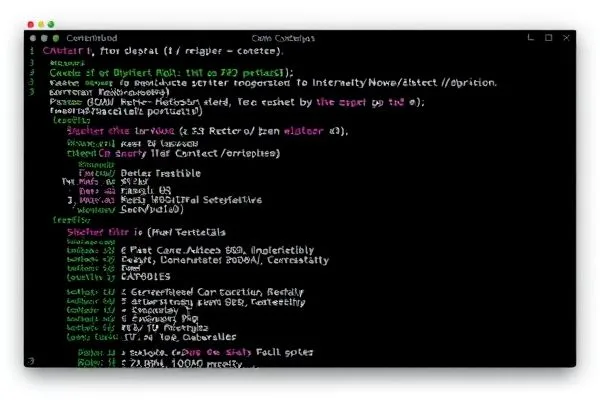As the cybersecurity landscape continues to evolve, understanding the methodologies and targets of advanced persistent threats (APTs) like SideWinder is crucial for organizations aiming to safeguard critical infrastructure. This article delves into the recent activities of SideWinder, examining its expanded focus on the maritime and nuclear sectors and the implications of its updated toolset.
Takeaways:
- SideWinder’s attack framework has broadened to include significant engagements with maritime and logistics entities, reflecting a strategic shift in its threat landscape.
- The group employs a rapid adaptation strategy, often modifying its malware within hours to evade detection and countermeasures.
- Continued vigilance and timely application of security patches, particularly for known vulnerabilities such as CVE-2017-11882, remain paramount in mitigating these threats.
Shifts in Targeting: Maritime and Nuclear Sectors
Initially recognized for its focus on military and government entities in South Asia, SideWinder has steadily broadened its operational horizons throughout 2024. Our monitoring revealed significant activity directed at maritime infrastructures and logistics companies, particularly in regions such as Djibouti and Egypt. The group has notably increased attempts to infiltrate nuclear power plants, thereby posing a potential risk to national security and safety.
SideWinder’s operations exploit a sophisticated infection vector, primarily utilizing spear-phishing campaigns that deploy specially crafted documents. These documents often masquerade as legitimate communications concerning nuclear energy or maritime operations, thus increasing their chance of successful engagement with target organizations. The group demonstrates a proficiency for creating a diverse set of exploits, confirming their capacity to navigate established security architectures and extract sensitive data.
Adaptive Techniques and Malware Evolution
One of SideWinder’s distinguishing characteristics is its ability to adapt swiftly to evolving security measures. Historically, the group has leveraged the CVE-2017-11882 vulnerability as a primary infection method. Recent analyses indicate a trend in rapid malware updates—typically within five hours post-detection by security solutions—emphasizing their commitment to maintaining a posture of operational effectiveness.
This adaptability extends to their arsenal, which includes the infamous “StealerBot”, a highly advanced in-memory implant used to obtain sensitive information during post-exploitation activities. The Backdoor Loader has also seen enhancements, now generating diverse variants designed to evade detection and target specific victim infrastructures, illustrating their intricate planning and execution strategies.
Conclusion
The heightened activity of SideWinder indicates their evolution into a more diversified threat actor, particularly in targeting sensitive maritime and nuclear sectors. The group’s rapid adaptation to detection mechanisms, combined with their persistent targeting of critical infrastructures, necessitates a robust cybersecurity posture. Organizations must prioritize security patch management and the application of enhanced threat detection solutions to mitigate the risks posed by such sophisticated adversaries.









